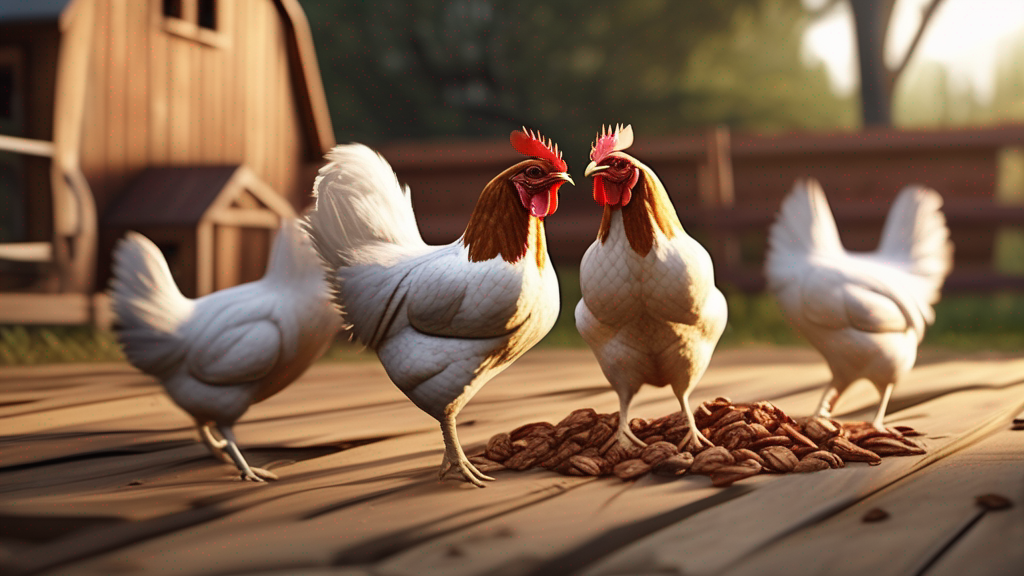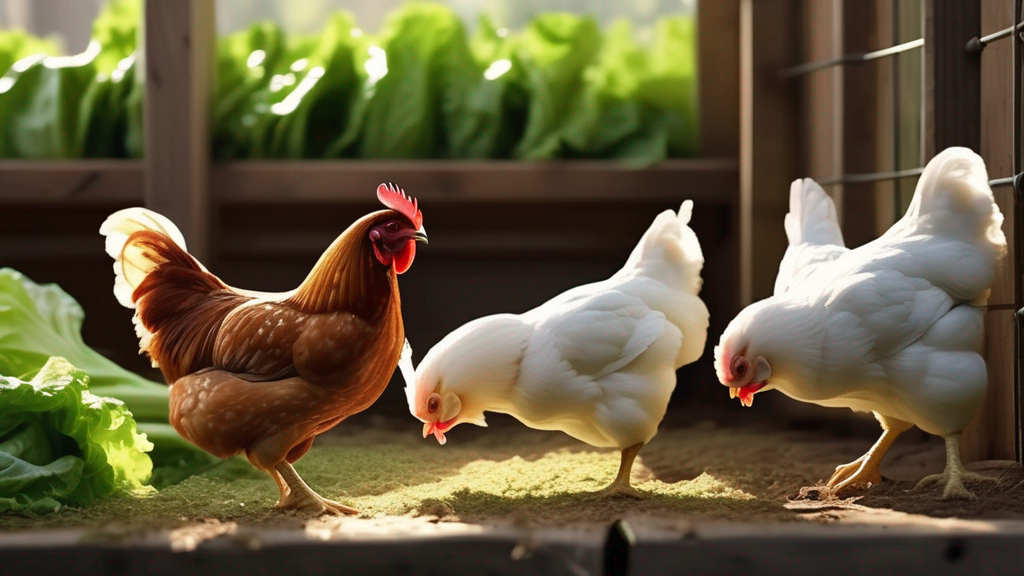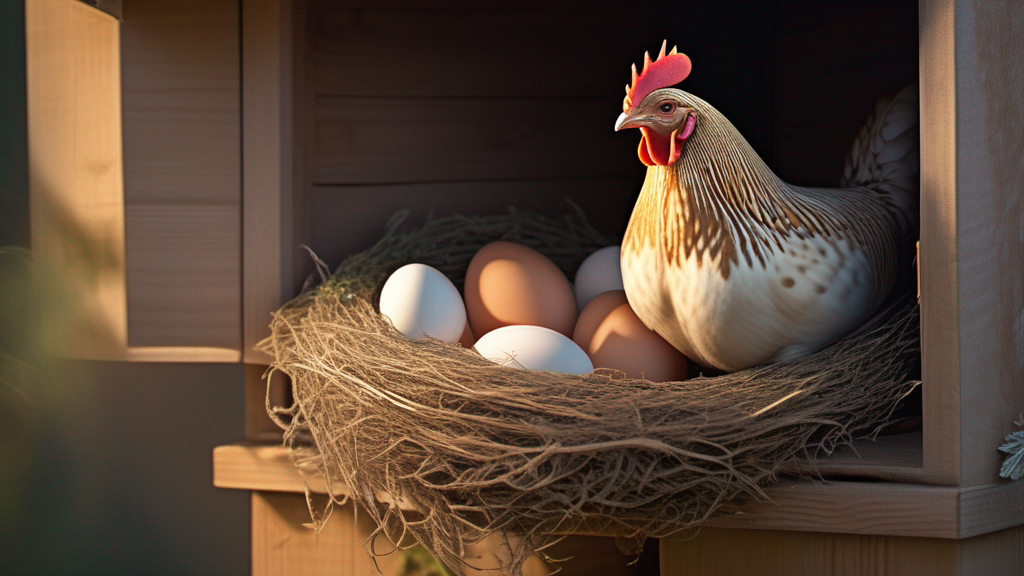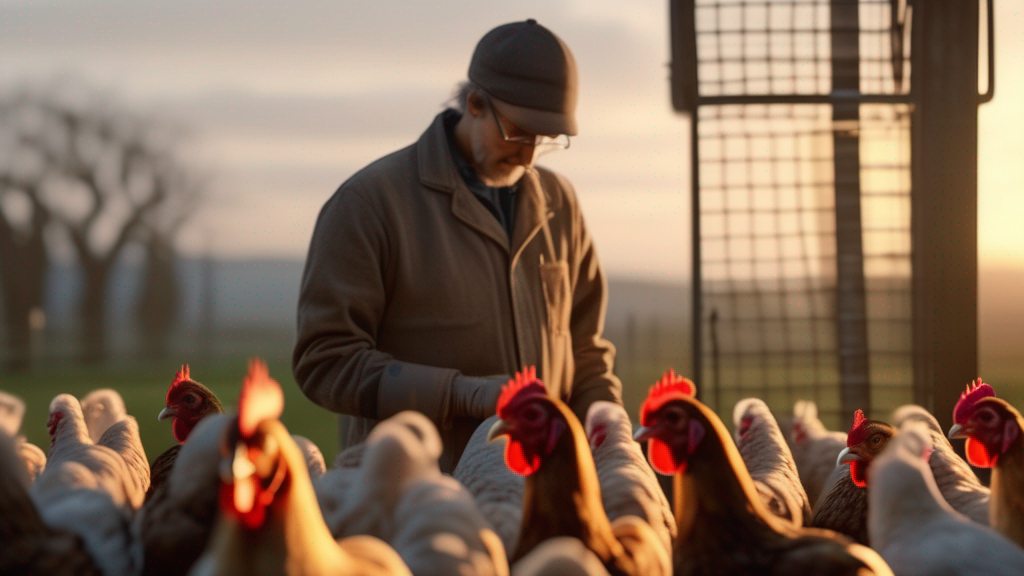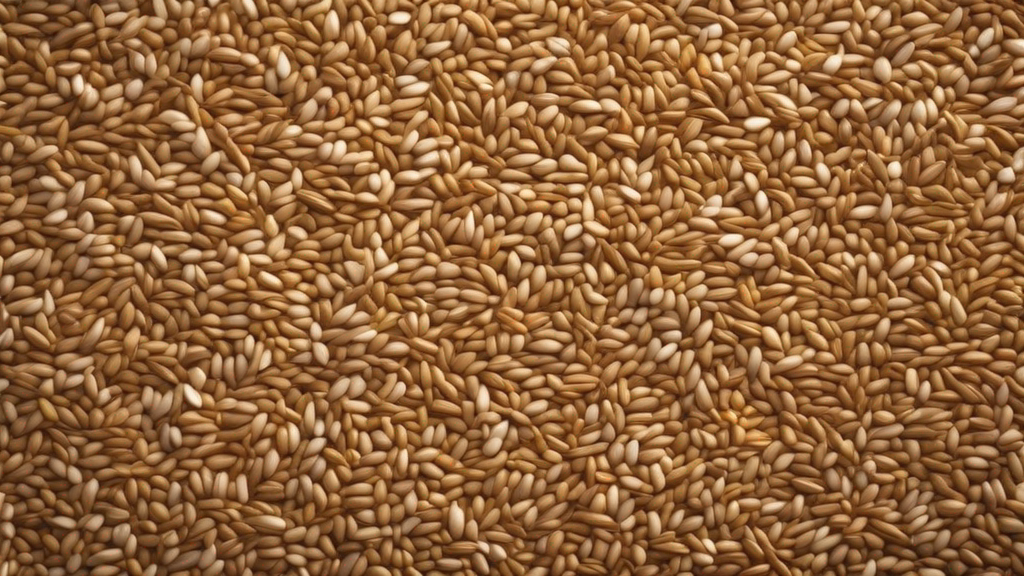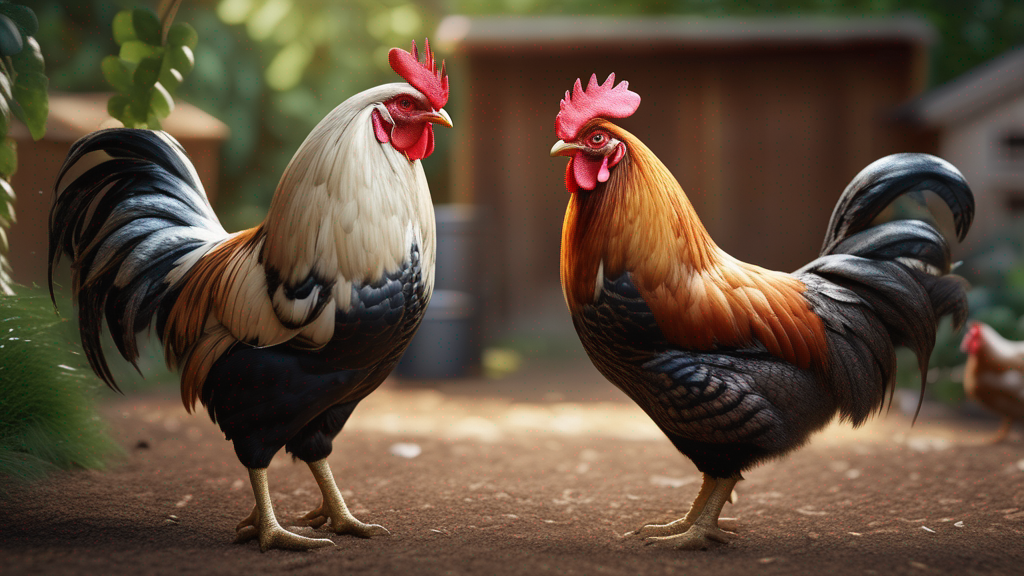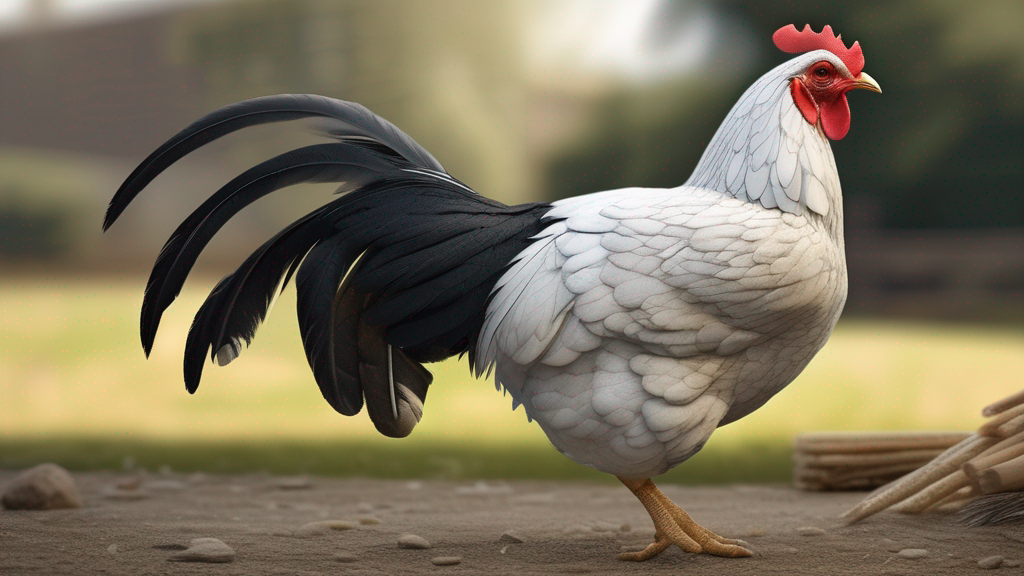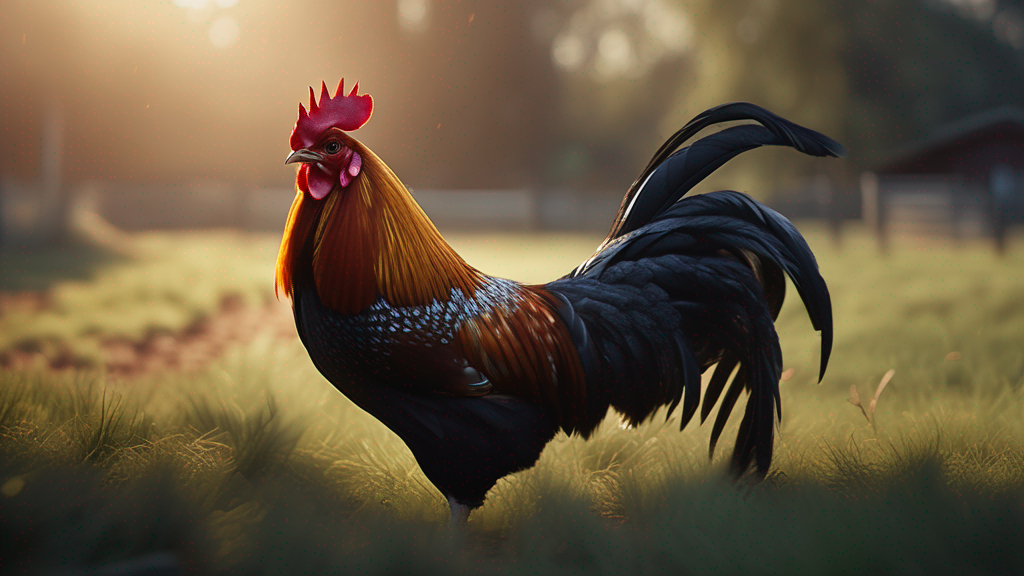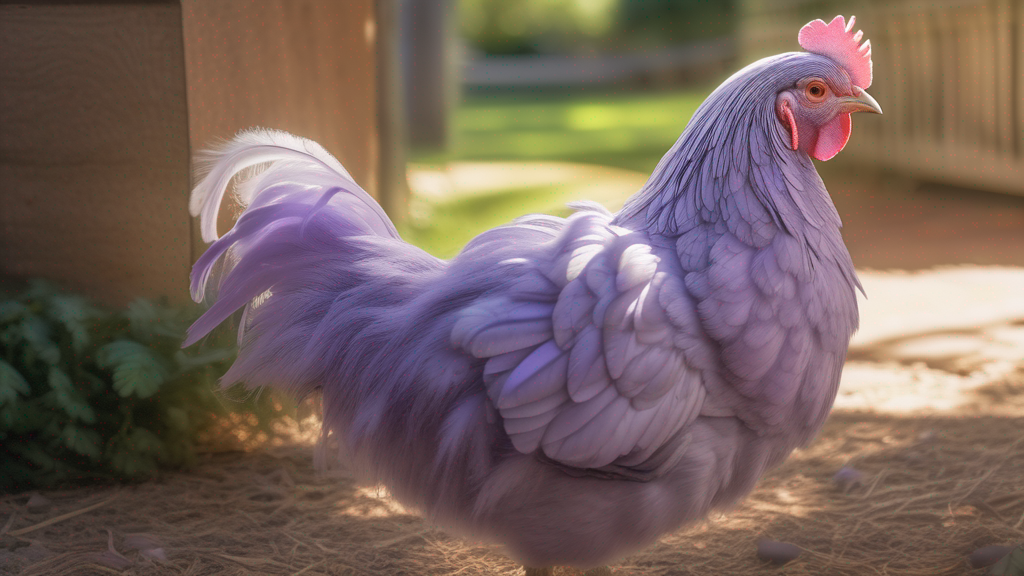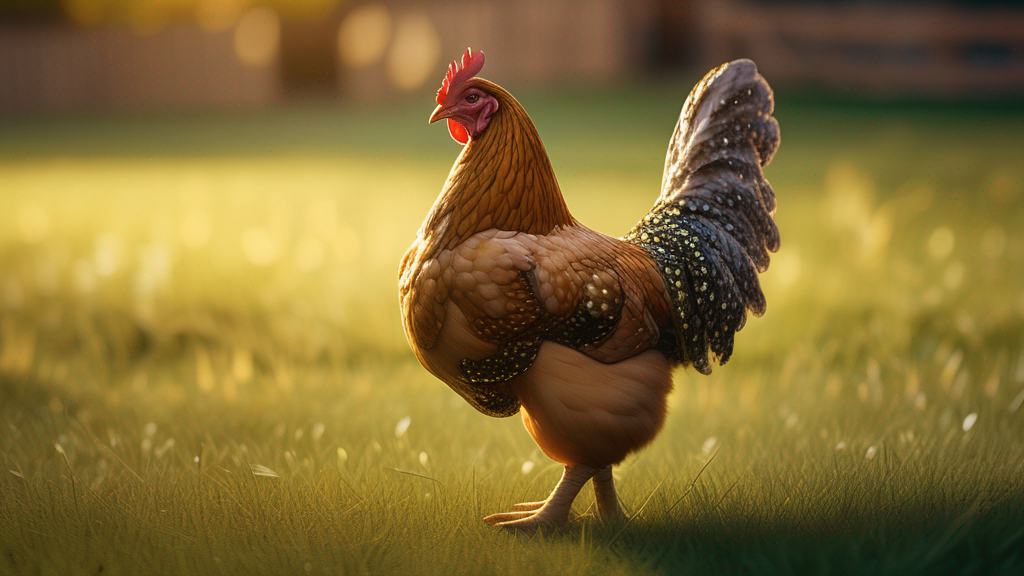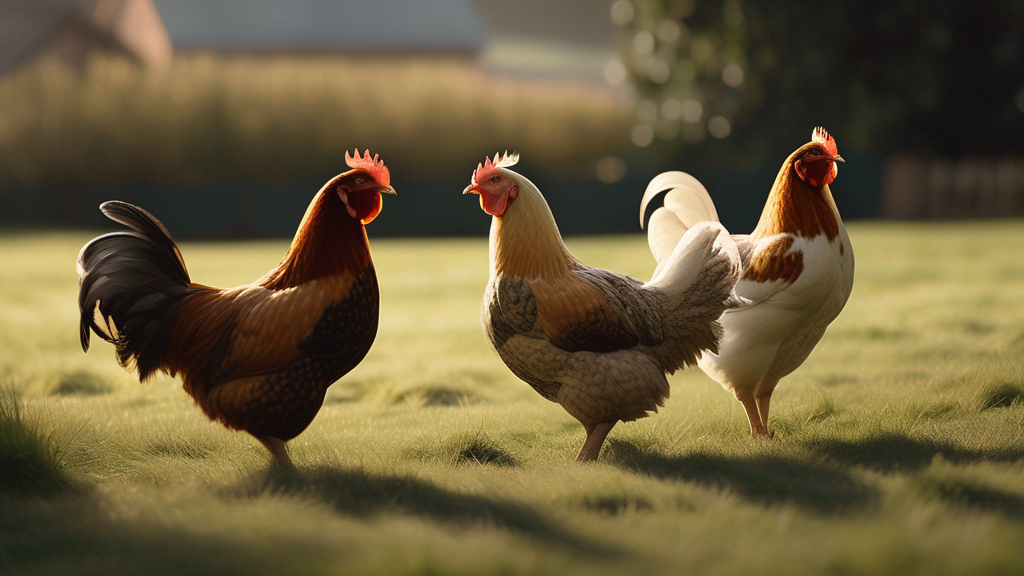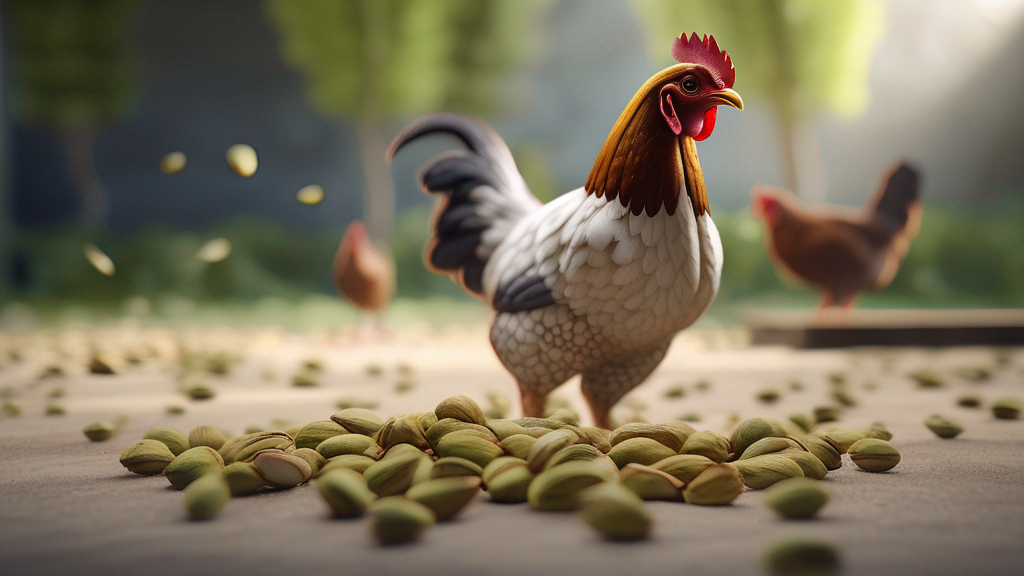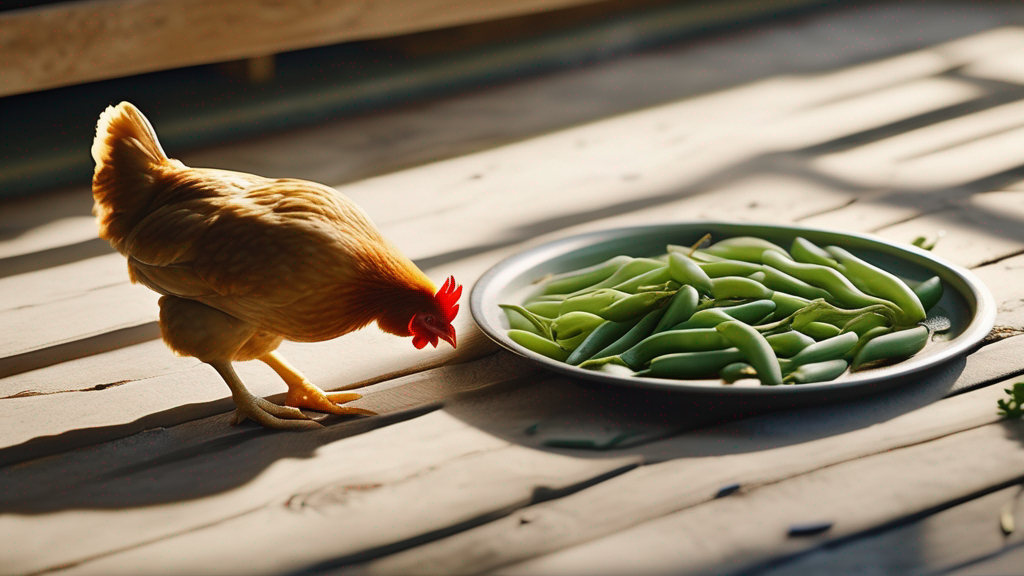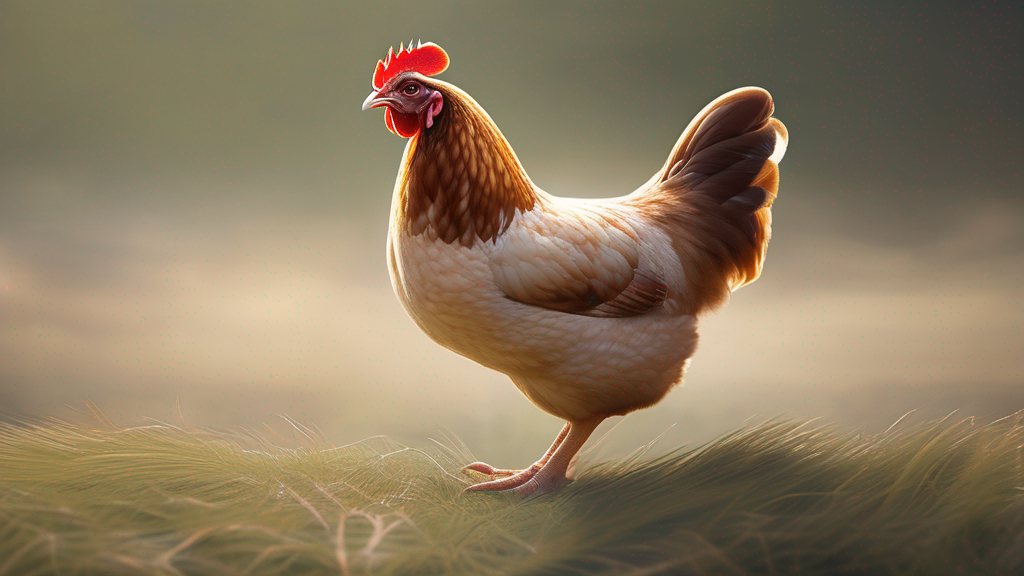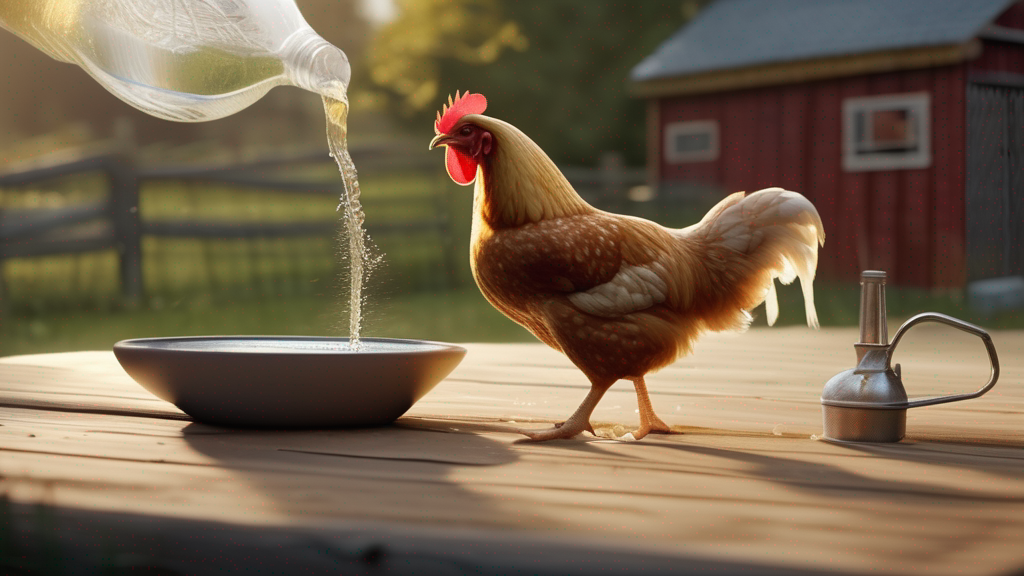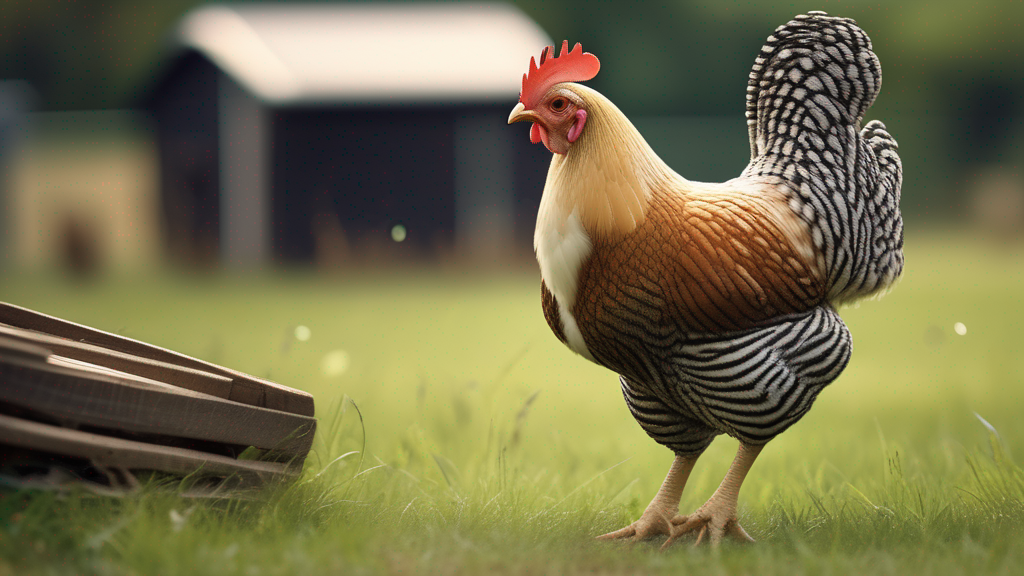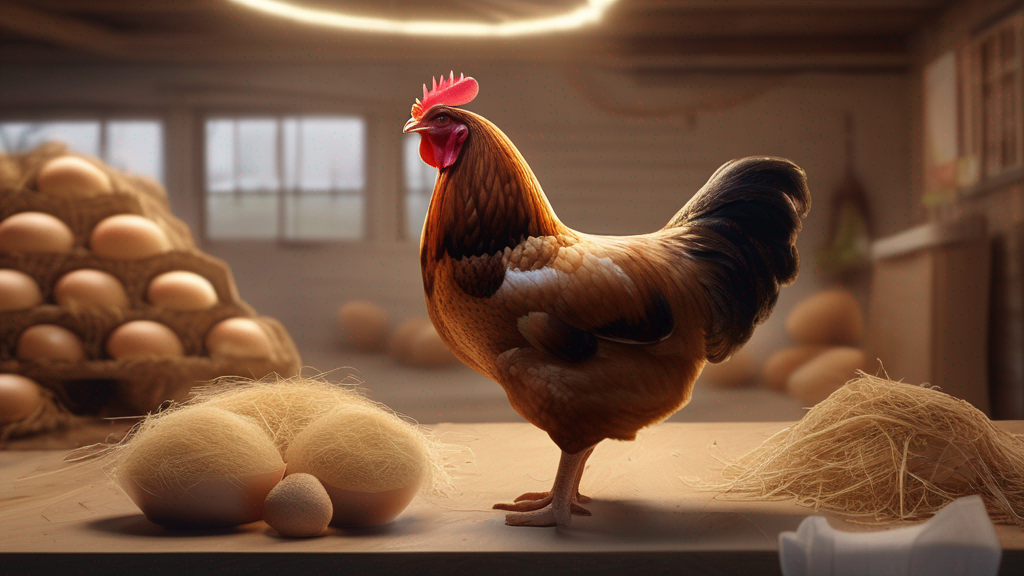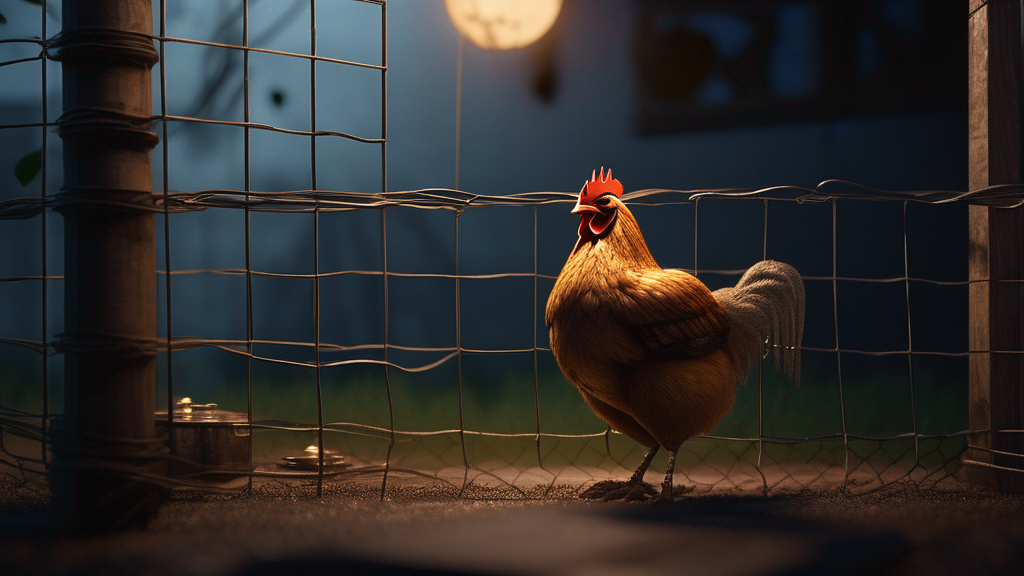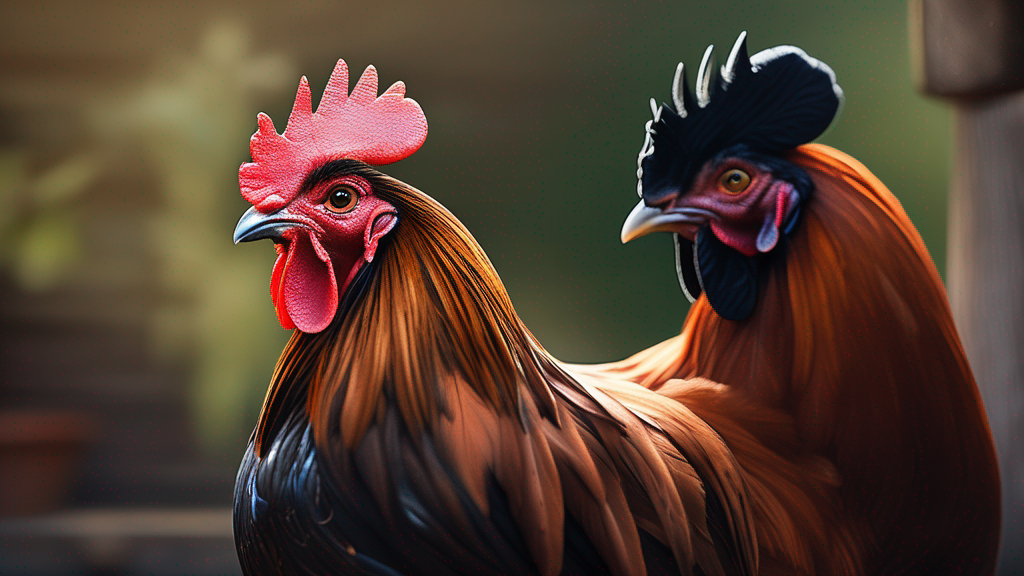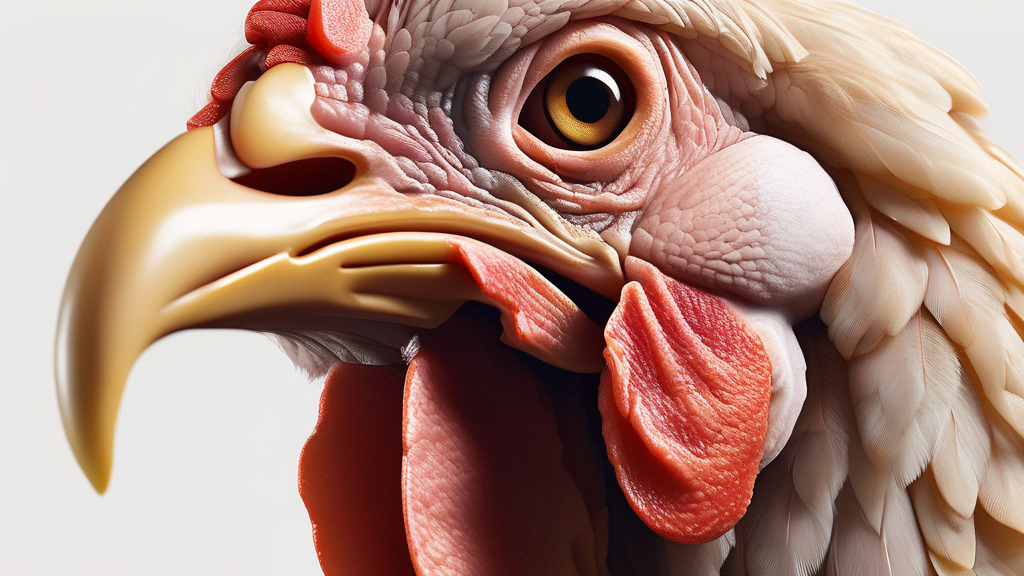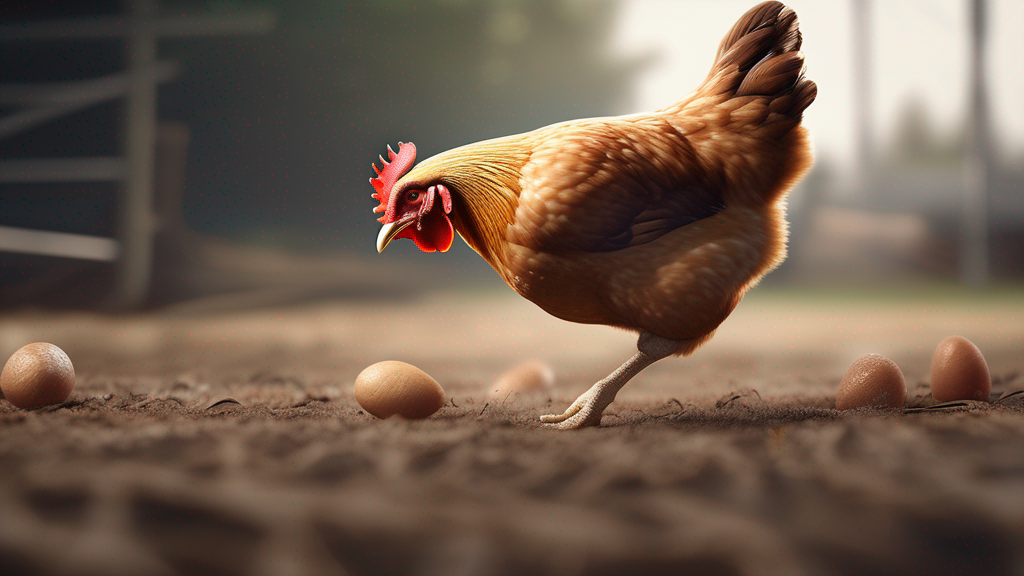If you’ve ever peeked into your chicken coop after sunset, you’ve likely seen your flock perched in perfect formation on their roosting bars. But why do chickens roost at night, and what makes this behavior so essential to their well-being?
In this article, we’ll explore the natural instincts behind roosting, the science of chicken sleep, and how to set up the perfect perch for a healthy, happy flock. Plus, we’ll share fun facts and a practical comparison table of roosting materials and dimensions.
What Is Roosting in Chickens?
Roosting is the act of chickens sleeping or resting while perched off the ground. Chickens prefer to sleep on elevated surfaces like branches, bars, or wooden poles, rather than on the floor of their coop.
This behavior is rooted in survival instincts. In the wild, jungle fowl—chickens’ ancestors—slept in trees to avoid nighttime predators. Domesticated chickens retain this instinct, choosing the highest safe spot available.
Why Do Chickens Roost at Night?
Roosting at night helps chickens:
- Stay safe from ground-dwelling predators
- Regulate body temperature with shared heat
- Establish social hierarchy within the flock (aka “pecking order”)
- Rest comfortably by locking their feet onto perches
As the sun sets, chickens naturally move to their roosts, entering a state of deep sleep called unihemispheric slow-wave sleep—meaning one half of their brain rests while the other stays semi-alert to danger.
The Science of Chicken Sleep
Chickens need approximately 8–12 hours of sleep per night. Disruption to this schedule—due to lighting, drafts, or predators—can stress the birds, reduce egg production, and cause behavioral issues.
Healthy roosting is part of a strong circadian rhythm and helps maintain overall flock health and productivity.
Roosting vs. Nesting: What’s the Difference?
Roosting: Chickens perch on elevated bars to sleep at night.
Nesting: Hens settle into enclosed nest boxes to lay eggs during the day.
These two behaviors serve different purposes and require different spaces. Never allow hens to sleep in nesting boxes—it leads to broken eggs and unsanitary conditions.
Choosing the Right Roosting Setup
The ideal roost is:
- Strong and stable
- Comfortable to grip (not slippery or sharp)
- At least 2 feet off the ground (but below nesting boxes)
- 12–18 inches of space per bird to prevent crowding
Comparison Table: Best Roosting Materials
| Material | Comfort | Durability | Common Issues | Best Use |
|---|---|---|---|---|
| 2×4 Wooden Board (flat side up) | Excellent – allows full foot rest | High | May rot if not sealed | Standard coops in all climates |
| Tree Branch (2–3 inch diameter) | Natural grip, varies by shape | Medium | Hard to clean, uneven shape | Rustic or outdoor roosts |
| Metal Pipe | Too slick and cold | High | Can cause frostbite in winter | Not recommended |
| Plastic Rod or PVC | Slick, poor grip | High | Easy to clean, but not warm | Temporary or indoor setups |
Height Matters: How High Should Roosts Be?
Chickens prefer roosts that are elevated but still easy to access. Most experts recommend:
- Bantams: 1–2 feet off the floor
- Standard breeds: 2–4 feet high
- Multiple roosts: Step down each level to avoid injury
Ensure at least 12 inches of head clearance from the ceiling to prevent head injuries when jumping up.
Fun Roosting Facts
- Chickens instinctively return to the same roost every night
- Roosting helps distribute body heat in winter by huddling
- The dominant hen or rooster often takes the highest spot
- Chickens can fall off roosts if startled by predators or loud sounds
Common Roosting Problems (and Fixes)
1. Chickens Sleeping in Nesting Boxes
Why it happens: Roosts are too high, cold, or hard to access.
Fix: Lower the roost, block boxes at night, or retrain using treats on roost.
2. Chickens Sleeping on the Floor
Why it happens: Young chicks, old birds, or overcrowding.
Fix: Add more roosting space, ensure ramps or perches are safe and stable.
3. Fighting or Pecking on Roosts
Why it happens: Social dominance or lack of space.
Fix: Provide 12–18 inches per bird, add staggered perches.
Winter Roosting Tips
- Use wide, flat surfaces (like 2x4s) so chickens can cover toes with feathers
- Avoid metal or thin rods which can cause frostbite
- Block drafts around roosting area, but ensure ventilation overhead
FAQs About Roosting
Do chickens sleep with their eyes closed?
Yes, chickens enter deep sleep with closed eyes, but remain partially alert through one side of the brain—this is why they can startle awake so easily.
Can chickens sleep in the nesting box?
They can, but it’s not recommended. It leads to dirty eggs, broken shells, and brooding issues. Always train them to roost properly.
How can I train new chicks to roost?
Start introducing a low perch at 2–3 weeks old. For older birds, gently place them on the roost each night for a few days until it becomes habit.
Conclusion
Roosting is a deeply instinctual behavior that keeps your chickens safe, warm, and healthy through the night. By offering well-designed, stable roosts and avoiding common mistakes, you create a restful environment that supports your flock’s natural rhythms.
Whether you’re building your first coop or refining your setup, make roosting a top priority—it’s more than just a place to perch; it’s the key to a peaceful, productive flock.
Explore more coop design tips and poultry behavior guides at our Chicken Housing Hub.
